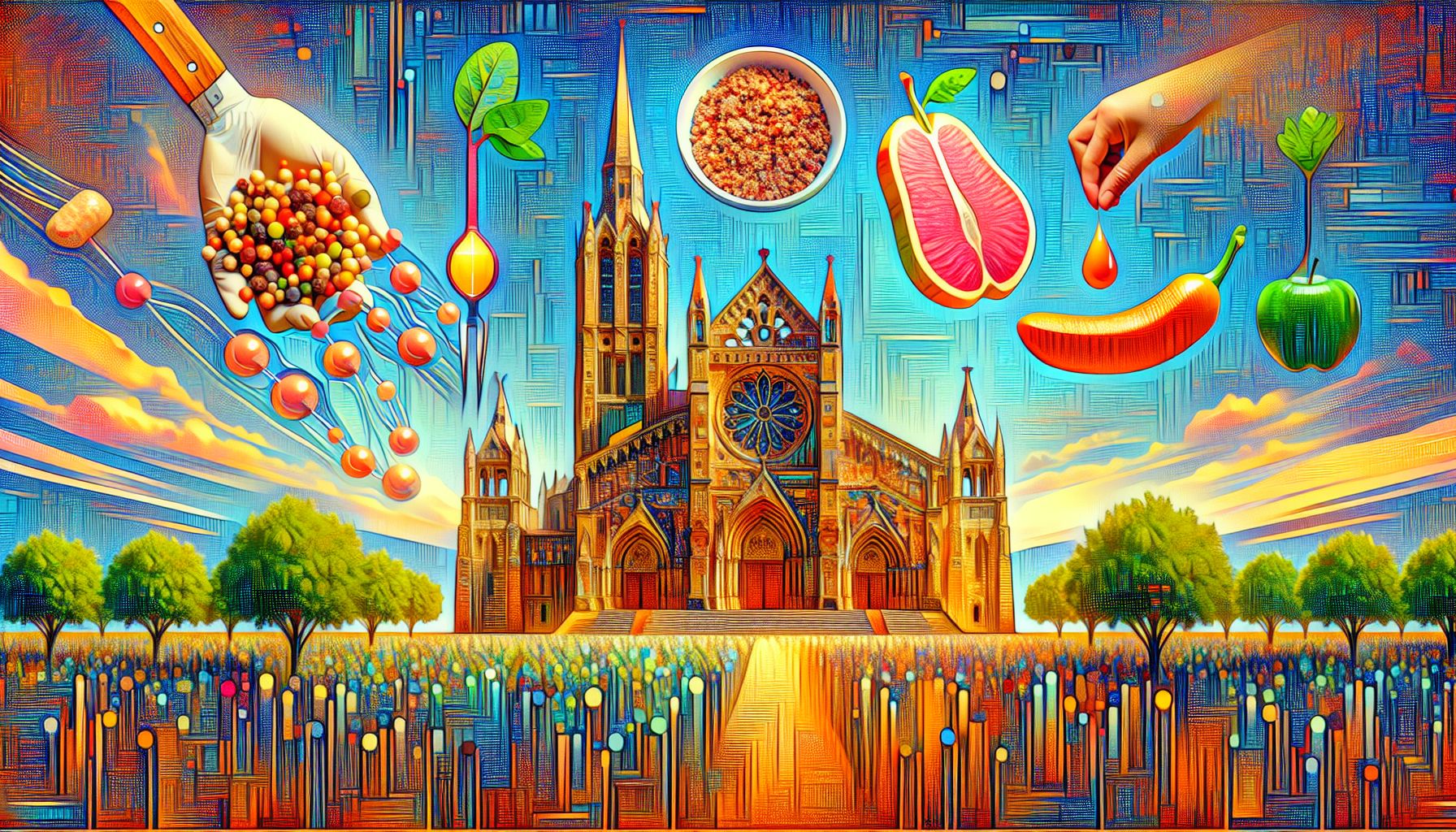AI-Powered Protein Design: Revolutionizing Food Industry Solutions

Paris, Friday, 30 August 2024.
French start-up AI Bobby leverages artificial intelligence to enhance protein functionality in plant-based products, potentially addressing key challenges in food technology. This innovation promises to improve texture, nutritional value, and overall quality of meat substitutes.
A Global Effort in Protein Design
The French start-up AI Bobby is not alone in this venture. Across the globe, companies like Israel-based Amai Proteins and Zürich’s Cradle are also harnessing the power of AI to revolutionize the food industry. Amai Proteins specializes in designing sweet proteins that can replace artificial sweeteners, while Cradle uses generative AI to create proteins for applications ranging from cultivated meat to food safety enzymes[1].
How AI is Transforming Protein Functionality
AI Bobby’s founder and CEO, Dominik Grabinski, explains that their AI models analyze vast quantities of data to predict the best possible protein structures for specific functions. This includes improving the gelling properties of plant-based proteins, which directly impacts the mouthfeel and texture of the final product. By linking protein structure to function, AI Bobby aims to reduce the need for additional ingredients, thereby lowering production costs and improving nutritional value[2].
The Science Behind Protein Design
Proteins are complex molecules composed of amino acid chains, and their specific sequences determine their 3D structures and functions. Using advanced AI tools like AlphaFold2 and AlphaFold3, researchers can now predict these structures with unprecedented accuracy. This allows for the rapid design and testing of new proteins with desired properties, significantly cutting down on the traditional R&D time. Chris Snow, a chemical and biological engineering professor at Colorado State University, highlights that these advancements have improved the success rate of protein design from about 5% to nearly 50%[3].
Practical Applications and Future Prospects
The practical applications of AI-designed proteins are vast. In the food industry, enzymes can be engineered to act as preservatives, enhance clarity in fruit juices, or eliminate off-tastes in plant-based products. These innovations not only improve product quality but also offer more sustainable and cost-effective solutions. The ability to design proteins at the DNA level and produce them in cellular ‘factories’ opens up new possibilities for precision fermentation, enabling the creation of proteins that mimic or even surpass animal-based counterparts like collagen and gelatin[1].
Challenges and Ethical Considerations
While the potential benefits are significant, the use of AI in protein design also raises ethical and regulatory questions. Ensuring the safety and efficacy of these new proteins requires rigorous testing and oversight. Additionally, there are concerns about the environmental impact of large-scale protein production and the socioeconomic implications for traditional agriculture and food production industries. However, proponents argue that these technologies could lead to more sustainable food systems and greater food security globally[2].
Concluding Remarks
AI Bobby and its global counterparts represent a new frontier in food technology, where artificial intelligence meets synthetic biology to create innovative solutions. As these technologies continue to evolve, they hold the promise of transforming not just the food industry but also healthcare, agriculture, and beyond. The collaboration between tech and biotech sectors, as seen in the efforts of companies like Xaira Therapeutics in Seattle, underscores the potential for AI to drive significant advancements across multiple industries[4].

